CEO Ola Källenius is leading Mercedes-Benz Group AG toward an all-electric future. The company plans to be fully electric by 2030 in markets where conditions allow.
This shift aligns with the Mercedes-Benz brand promise of innovation and sustainability. Källenius, a former participant in the International Management Associate Program, believes that electric mobility is the next step in the automotive industry. Inspired by pioneers like Gottlieb Daimler and Carl Benz, he aims to secure Mercedes-Benz AG’s leadership in luxury electric vehicles (EVs).
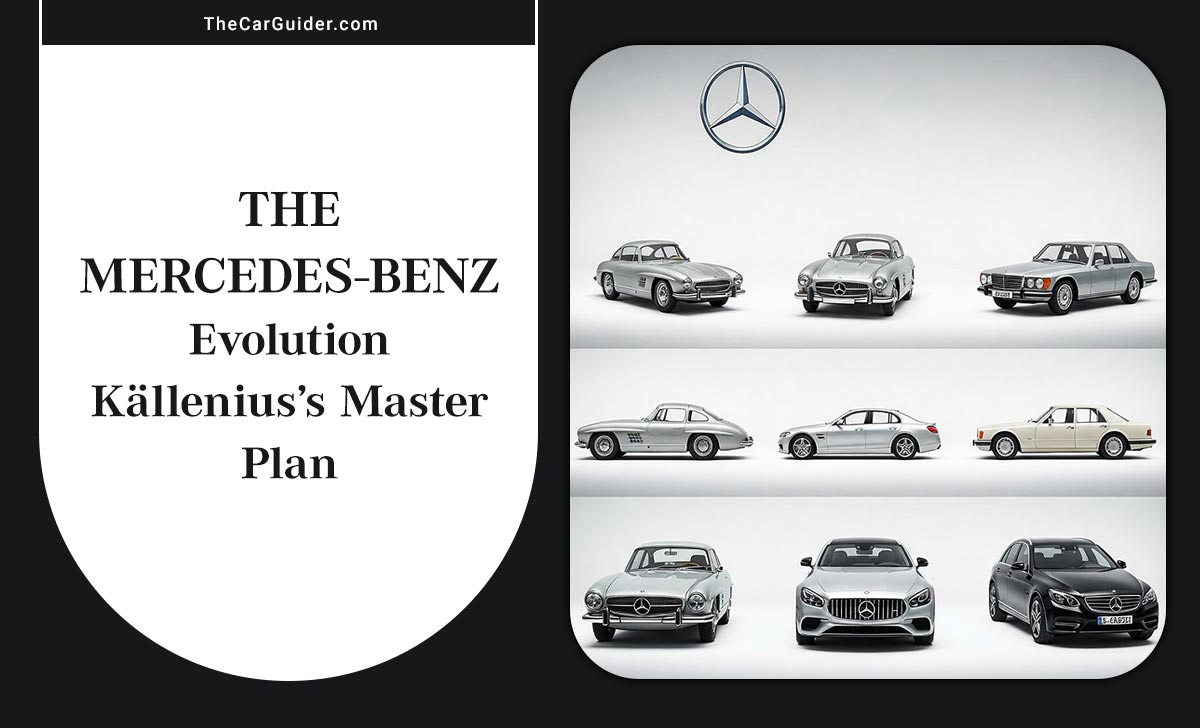
Key Transformations Under Källenius
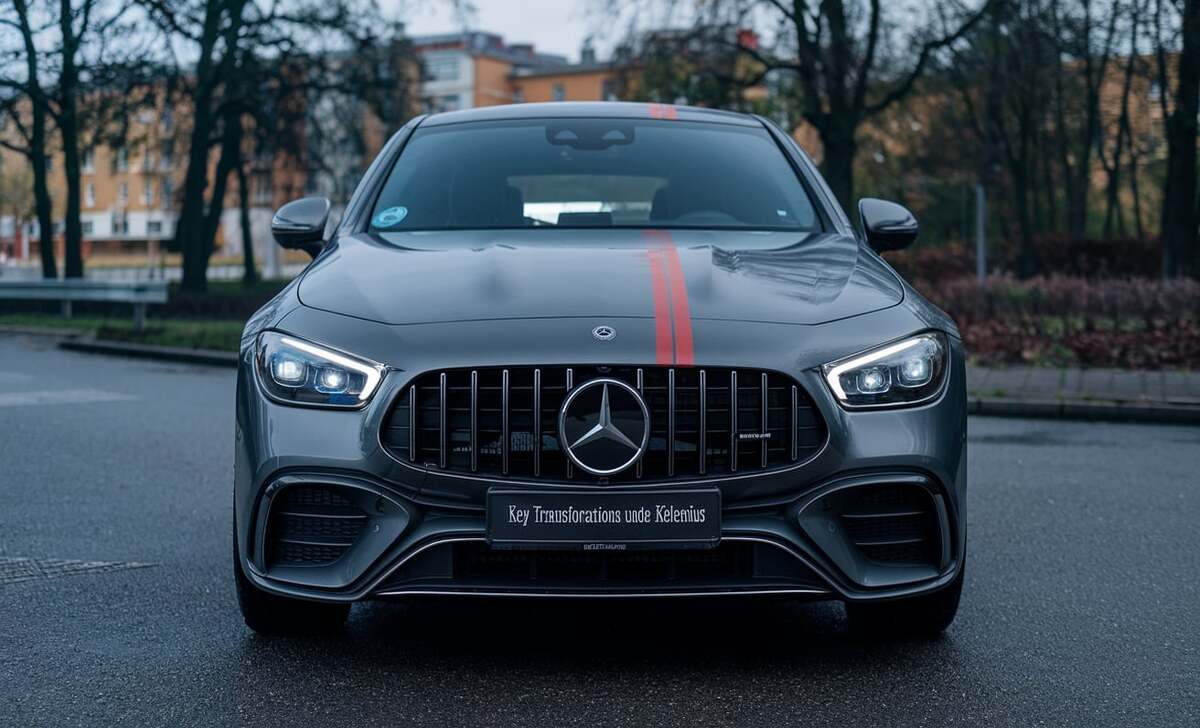
- Mercedes-Benz’s push for electric vehicles (EVs) (e.g., EQ lineup).
- Commitment to being fully electric by 2030 in key markets.
- Investment in battery technology and infrastructure.
- Competition with Tesla, BMW, and Audi in the EV sector.
- Introduction of MBUX (Mercedes-Benz User Experience) AI-driven infotainment.
- Carbon neutrality goals by 2039.
- Sustainable materials in vehicle production.
- Partnerships in renewable energy and sustainable sourcing.
Under Källenius’s leadership, Mercedes-Benz is reinforcing its luxury brand status. The company plans to focus on high-margin vehicles, moving away from volume sales to enhance profitability. This strategy includes the introduction of 19 new combustion engine models and 17 battery-electric cars by the end of 2027, aiming to cater to the high-end market segment.
Transitioning From Combustion Engines
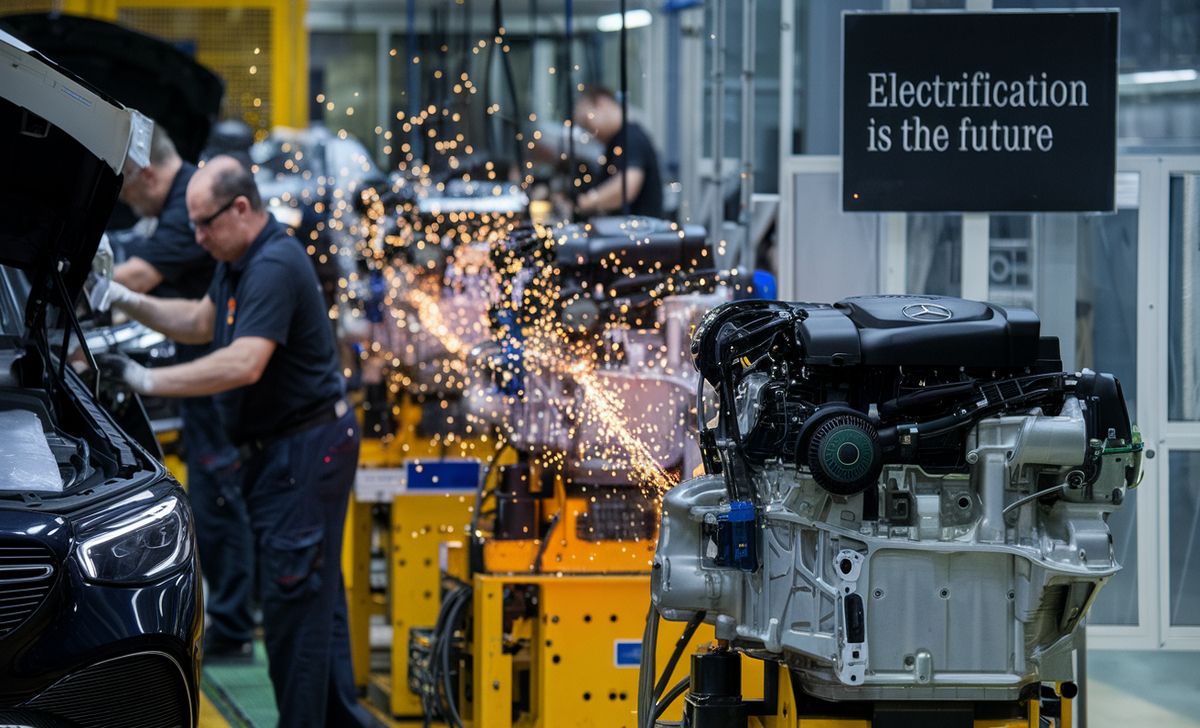
While the company still produces high-tech combustion engines, it is phasing them out gradually. Daimler AG is reallocating resources from fuel-powered vehicles to Mercedes-Benz EQS and other electric cars.
The European Union’s strict emission rules also push automakers to speed up the transition. Unlike Daimler Truck AG, which focuses on decarbonizing trucks, Mercedes-Benz Car is prioritizing electrification for passenger vehicles.
Phasing Out Fuel Cell Vehicles
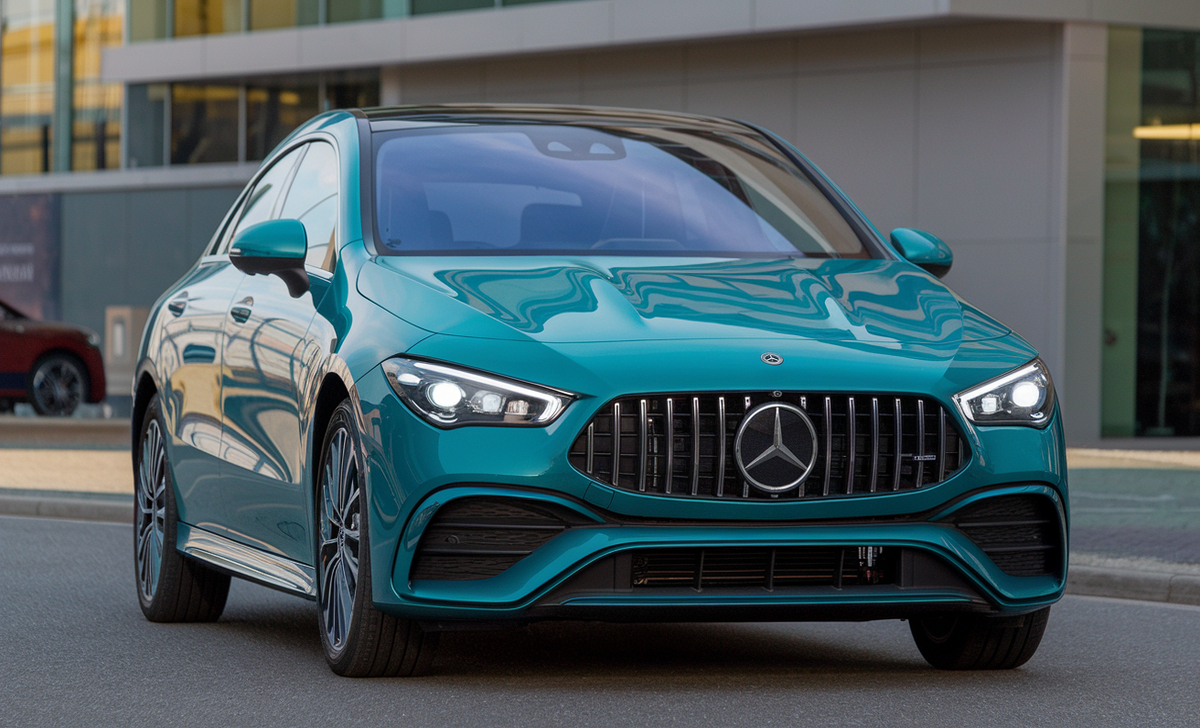
Despite early investments in fuel cell technology, Mercedes-Benz AG has decided to focus on battery-electric vehicles instead. Fuel cell cars have struggled with high production costs and a lack of infrastructure. Instead, Daimler Truck AG continues hydrogen development for heavy-duty transport. Mercedes CEO Ola Källenius sees battery-electric as the most viable option for passenger vehicles in the near future.
Källenius is committed to electrifying the Mercedes-Benz lineup. The company has unveiled the all-electric CLA prototype, incorporating technologies from the EQXX Concept, such as a two-speed transmission and 800V battery architecture. Built on the new Mercedes Modular Architecture (MMA), the CLA represents a significant step towards sustainable mobility
Maintaining Focus On Decarbonizing Trucks
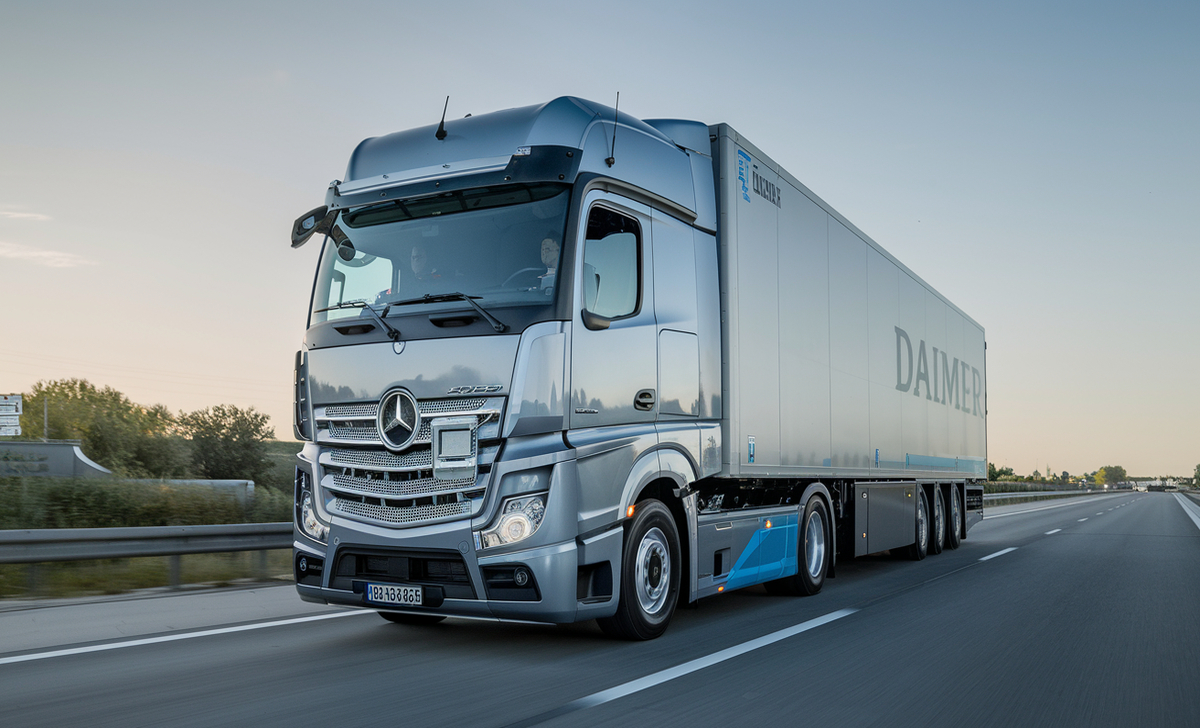
While Mercedes-Benz AG moves toward battery-electric models, Daimler Truck AG is taking a dual approach. The truck division is exploring hydrogen fuel cells and electric motors to meet sustainability goals. The aim is to achieve carbon neutrality in commercial transport while maintaining efficiency for long-haul trucking.
Competitiveness Strategies In The Market
- Less volume, more luxury” strategy to focus on premium models.
- Shift away from entry-level vehicles to boost profitability.
- The impact of global market shifts and economic factors.
Mercedes CEO Ola Källenius faces stiff competition from Elon Musk’s Tesla and other auto industry giants. To stay ahead, Mercedes-Benz Group is leveraging its expertise in luxury brand development and high-performance EVs. The company is also integrating AI-powered infotainment and autonomous driving features to enhance customer experience.
Price Cuts In China
China remains a crucial market for EV sales, but growing competition has forced Mercedes-Benz AG to adjust pricing. Recent price cuts on models like the Mercedes-Benz EQS reflect the need to stay competitive against Chinese automakers. While premium pricing remains a core strategy, Källenius acknowledges that flexibility is key in an evolving market condition.
Recognizing the competitive threat from Chinese electric vehicle manufacturers, Källenius emphasizes continuous innovation and investment. He advocates for market competition over increased tariffs, highlighting the need for the Western auto industry to adapt and evolve in response to emerging challenges
Adapting To Consumer Needs
Daimler CEO Källenius recognizes that customer expectations are shifting. Buyers demand more than just luxury; they want smart, connected, and eco-friendly vehicles. This has driven Mercedes-Benz AG to enhance its tech company capabilities. Features like the MBUX infotainment system, AI-driven voice controls, and over-the-air updates cater to modern consumers.
Leadership Style And Influence Of Mercedes-Benz CEO Källenius
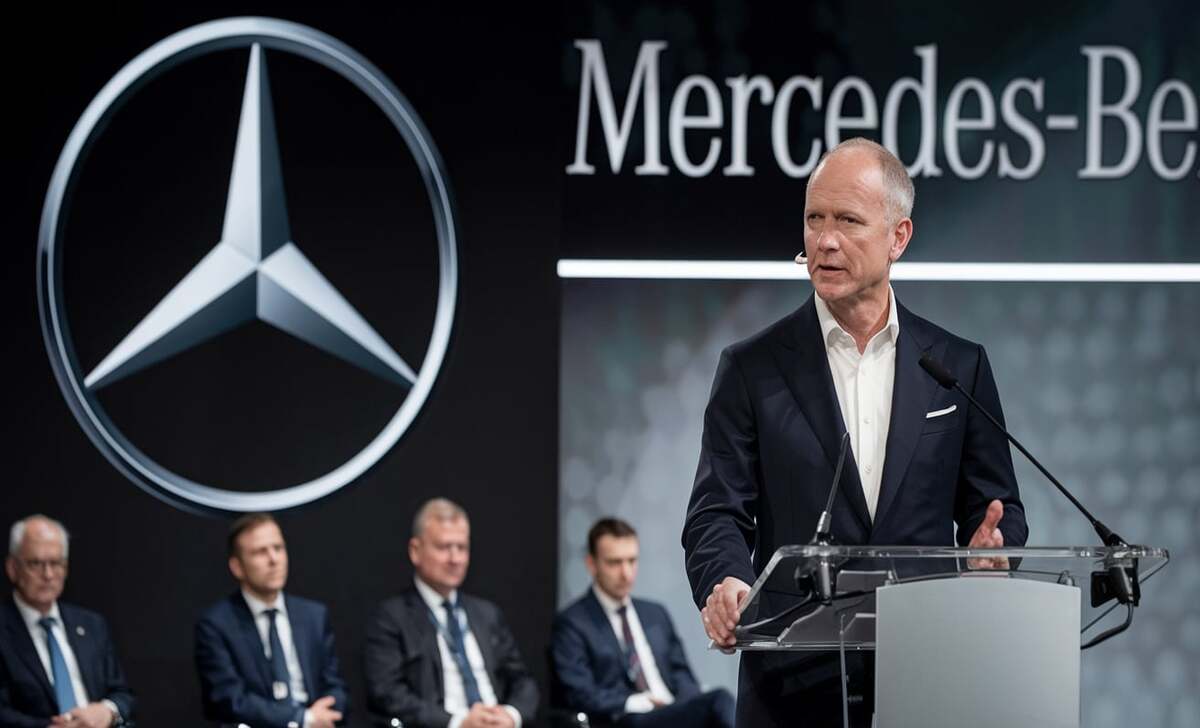
Mercedes-Benz CEO Källenius has a pragmatic leadership style, balancing business pragmatism and ethics. Unlike his predecessor Dr. Z, who focused on aggressive expansion, Källenius prioritizes long-term sustainability. His approach combines luxury with technological advancement, ensuring Daimler Mobility remains a leader in premium automotive solutions.
Källenius opposes proposed automotive tariffs, emphasizing Mercedes-Benz’s significant investment in the U.S., particularly the Tuscaloosa plant, which exports two-thirds of its vehicles globally. This stance underscores the company’s commitment to growing its U.S. operations and maintaining a robust global presence.
Navigating Luxury Vs. Mass Market Dynamics
Under Ola Källenius, Mercedes-Benz Group AG is focusing on high-margin luxury models rather than mass-market expansion. Unlike Tesla’s broad-market strategy, Mercedes-Benz Car is doubling down on exclusivity. This move aligns with Mercedes-Benz Financial Services, which targets affluent buyers looking for premium financing options.
Initiatives For Sustainable Practices
Sustainability is at the core of Mercedes-Benz Group’s transformation. The company invests in eco-friendly manufacturing processes, reducing carbon footprints at production facilities. The transition to electric mobility also includes partnerships with renewable energy providers.
In a move towards sustainable innovation, Mercedes-Benz has introduced a fully electric G-Class popemobile for Pope Francis. This initiative highlights the company’s dedication to electromobility and decarbonization, blending tradition with modern technology.
- Formula One’s CO2 Neutrality Goals
Mercedes-Benz Brand extends sustainability efforts beyond road cars. The company’s Formula One team aims for CO2 neutrality by 2030. Advances in hybrid technology from motorsports are being adapted to road cars, ensuring innovation benefits mainstream consumers.
- Implementing Eco-Friendly Manufacturing Processes
Sustainable production is key to Mercedes-Benz Group’s vision. Factories now use green energy, recycled materials, and AI-driven efficiency solutions. Daimler Truck Financial supports sustainable initiatives within the supply chain to further reduce environmental impact.
The Tension Between Legacy And Innovation
Balancing Mercedes-Benz AG’s rich history with modern demands is a challenge. Källenius must honor traditions while driving digital transformation. The shift from combustion engines to electric motors marks a significant evolution in the company’s identity.
Financial Risks Involved In The Transition
Moving from combustion engines to electric motors comes with financial risks. Developing battery technology, charging infrastructure, and supply chains requires massive investment. Some analysts, like Juergen Pieper from Bankhaus Metzler, warn that market conditions may challenge EV sales.
Källenius remains confident, emphasizing that focusing on luxury cars and premium pricing will balance costs. Unlike General Motors, which has adopted a broader EV strategy, Mercedes-Benz Group targets the high-end market to sustain profits.
Industry Challenges And Criticisms
Despite the success, Mercedes-Benz’s CEO faces criticism. Some argue the EV transition is too fast, while others say it’s too slow compared to Tesla. Supply chain disruptions and battery sourcing issues also pose hurdles. However, Daimler Mobility continues to adapt, ensuring long-term stability.
Public Perception Of Daimler’s Electric Shift
Consumer reactions to Mercedes-Benz AG’s EV strategy are mixed. Some appreciate the brand’s commitment to sustainability, while others worry about the loss of classic luxury car elements. Källenius’ challenge is to reassure loyal customers while attracting new EV buyers.
Can Mercedes-Benz Dominate The Ultra-Luxury EV Market With Källenius’s Master Plan?
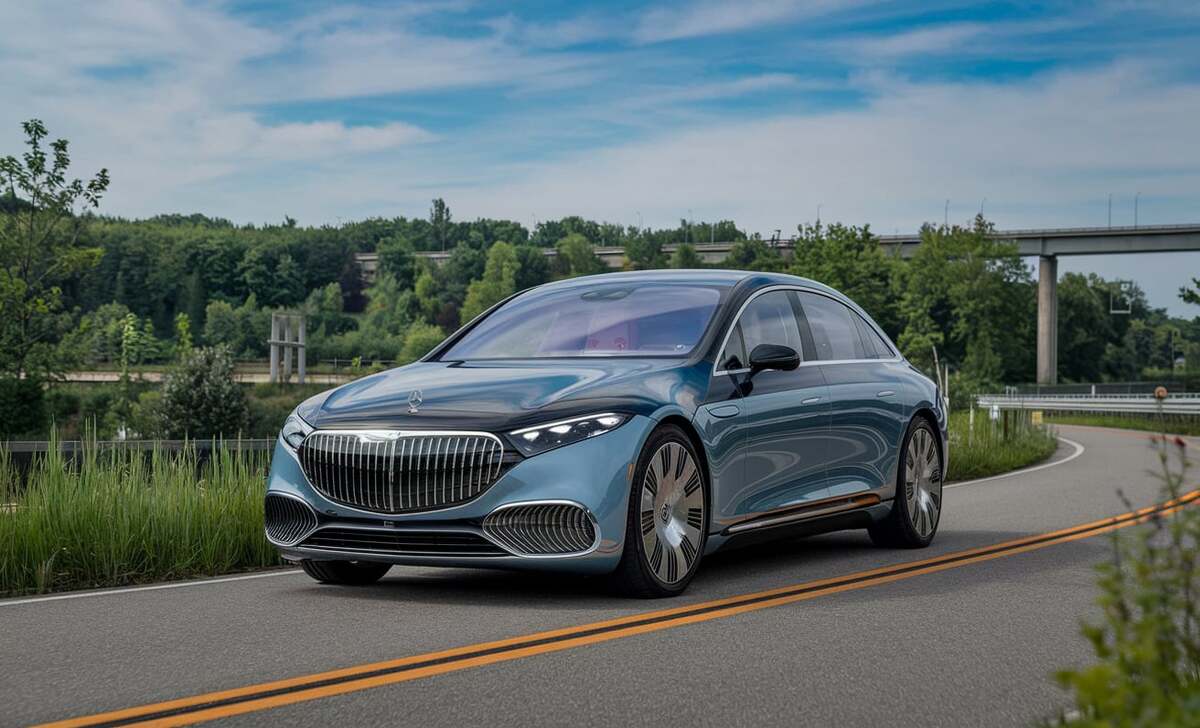
Mercedes-Benz is aggressively pushing toward an all-electric future, but can it dominate the ultra-luxury EV space, surpassing Rolls-Royce and Bentley? The answer depends on whether Källenius is willing to go beyond Maybach and introduce a new, hyper-exclusive sub-brand.
Maybach already competes in the luxury space, but it doesn’t command the same exclusivity as Rolls-Royce. To truly dominate, Mercedes-Benz would need a new, coachbuilt, ultra-luxury EV brand, possibly positioned above Maybach—offering:
- Handcrafted, limited-production EVs tailored for ultra-high-net-worth individuals.
- Bespoke interiors with rare materials and collaborations with luxury fashion brands.
- Exclusive, one-of-a-kind digital experiences, such as AI-driven personal concierges.
If Källenius follows this path, Mercedes-Benz could create a new standard in ultra-luxury electric mobility. To capture the collector’s market, Mercedes-Benz could adopt a hyper-limited production strategy, similar to Bugatti:
- Bespoke, one-off EVs designed in collaboration with clients.
- Annual “Collector’s Edition” models—only 10–20 units produced per year.
- High-end personalization programs, ensuring every car is a rolling piece of art.
Ferrari’s invite-only model has been highly successful, restricting rare models to select long-term clients. Mercedes-Benz could apply a similar approach by:
- Offering exclusive EVs only to Maybach, AMG One, or S-Class Coupe owners.
- Selling through private events in Monaco, Dubai, or Beverly Hills.
- Ensuring these vehicles are never mass-produced, maintaining their elite status.
Can Mercedes-Benz Truly Dominate?
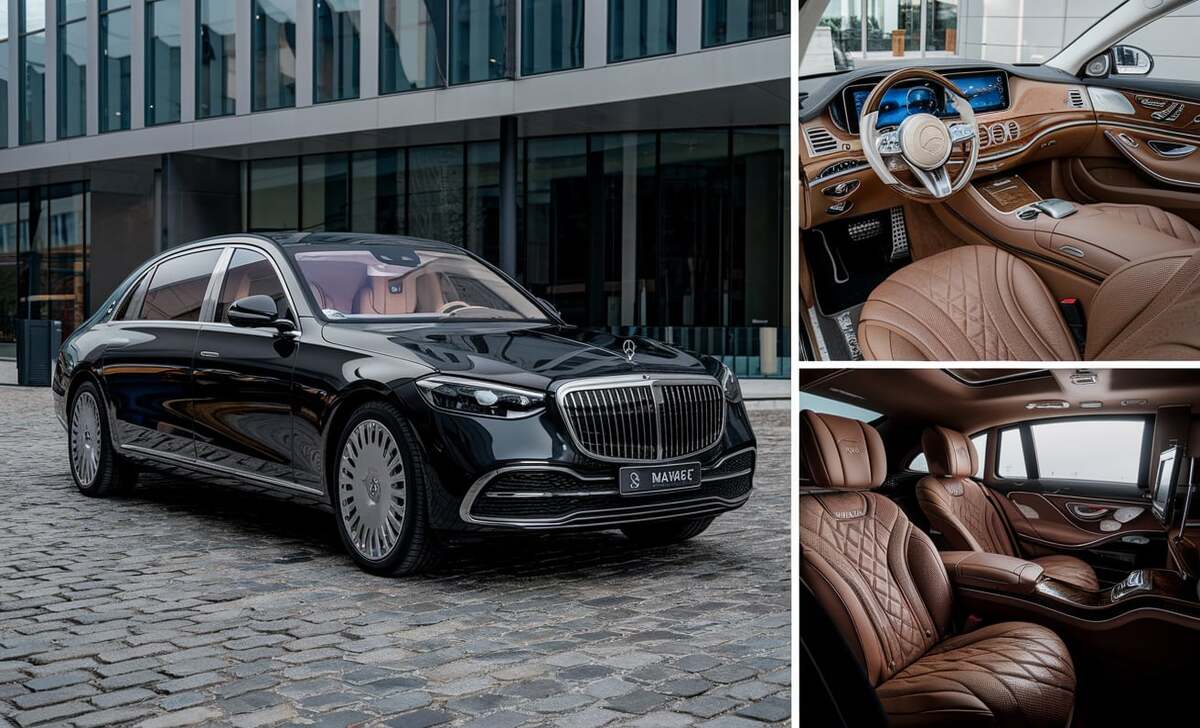
Yes, but only if it goes beyond Maybach. To dominate, Mercedes-Benz must:
- Create an ultra-exclusive sub-brand above Maybach.
- Produce hand-crafted, limited-run EVs for collectors.
- Adopt an invite-only sales model for elite clientele.
If Källenius commits to these strategies, Mercedes-Benz could surpass Rolls-Royce and Bentley in the ultra-luxury EV space, setting a new benchmark for prestige and exclusivity in electric mobility.
The Road Ahead
Mercedes Benz CEO Ola Källenius is redefining the future of Mercedes-Benz Group AG. His leadership blends luxury, technology, and sustainability, securing the brand’s position in the evolving auto industry. With innovation at its core, Daimler AG continues to shape the next era of mobility.
Källenius’s strategic vision includes enhancing the Mercedes-Benz brand’s luxury status, expanding sub-brands like AMG, Maybach, G, and EQ, and accelerating the development of electric drive and car software. The company is committed to electrification across all products and segments, unveiling new dedicated electric architectures and announcing multiple new electric product launches.
FAQs
1.How Is Mercedes-Benz Enhancing Its Luxury Brand Status Under Källenius?
Mercedes-Benz is enhancing its luxury brand status by focusing on high-margin vehicles and expanding premium sub-brands like AMG, Maybach, G, and EQ.
2.What Role Does The New Mercedes Modular Architecture (MMA) Play In The Company’s Future?
The new Mercedes Modular Architecture (MMA) plays a crucial role in developing next-generation electric and hybrid vehicles, starting with the all-electric CLA prototype.
3.How Is Mercedes-Benz Addressing Competition From Chinese EV Manufacturers?
Mercedes-Benz is addressing competition from Chinese EV manufacturers through continuous innovation, investment in new technologies, and advocating for open market competition.
4.What Is The Significance Of The Manufaktur Program?
The significance of the Manufaktur program lies in offering customers highly individualized and premium vehicle options, enhancing personalization and exclusivity.
5.How Is Mercedes-Benz Responding To Proposed Automotive Tariffs In The U.S.?
Mercedes-Benz is responding to proposed automotive tariffs in the U.S. by emphasizing its substantial investments in local manufacturing and reinforcing its commitment to American operations.
6.What Does The Introduction Of The Electric G-Class Popemobile Signify?
The introduction of the electric G-Class popemobile signifies Mercedes-Benz’s dedication to sustainable innovation and its commitment to electromobility.
7.How Is Mercedes-Benz Integrating Advanced Technology Into Its Vehicles?
Mercedes-Benz is integrating advanced technology into its vehicles by developing proprietary operating systems and incorporating AI assistants in new models for enhanced user experience.
8.What Is The Vision EQXX Technology Program?
The Vision EQXX technology program is an initiative aimed at building electric vehicles with exceptional efficiency, extended range, and cutting-edge aerodynamics.
9.How Does Källenius View The Future Of The Automotive Industry?
Källenius views the future of the automotive industry as one centered on luxury, electrification, and seamless technology integration.
10.What Measures Is Mercedes-Benz Taking To Ensure Profitability?
Mercedes-Benz is taking measures to ensure profitability by optimizing market strategies, prioritizing high-margin vehicles, and enhancing operational efficiency.